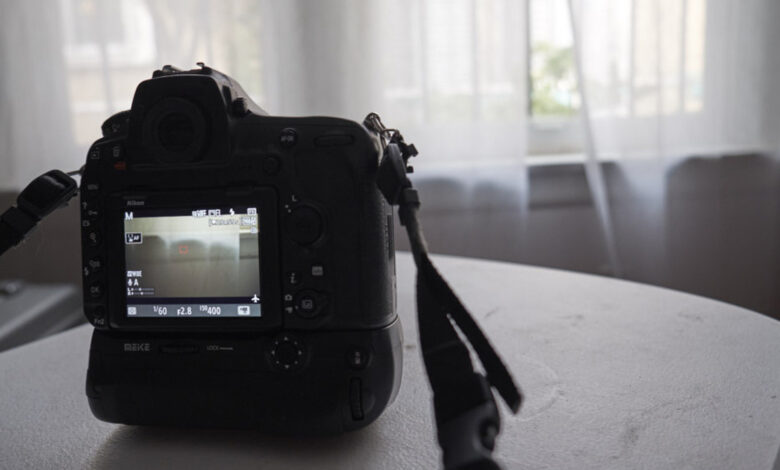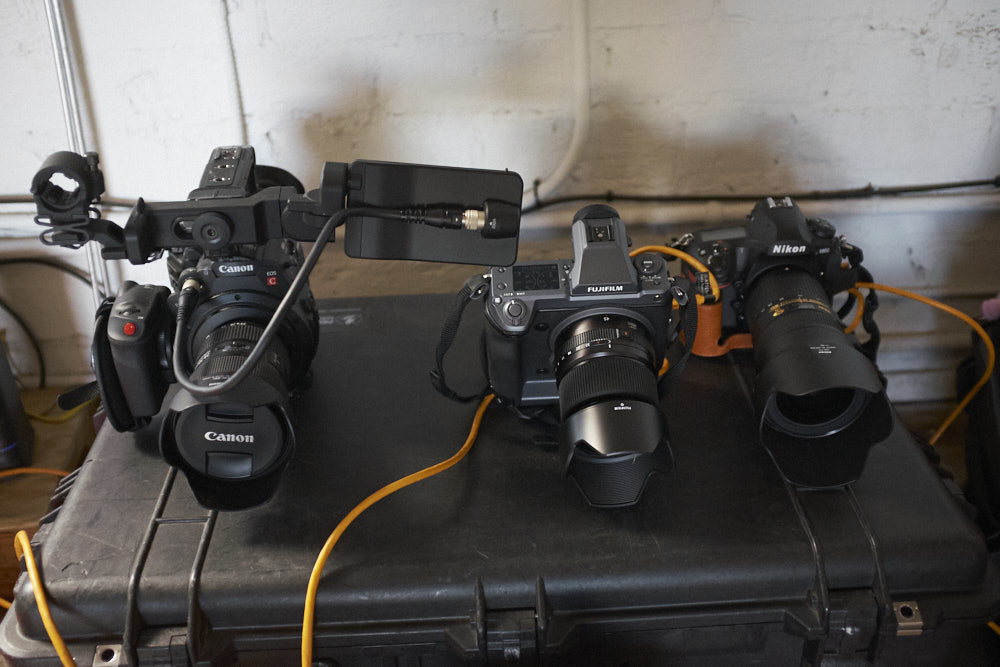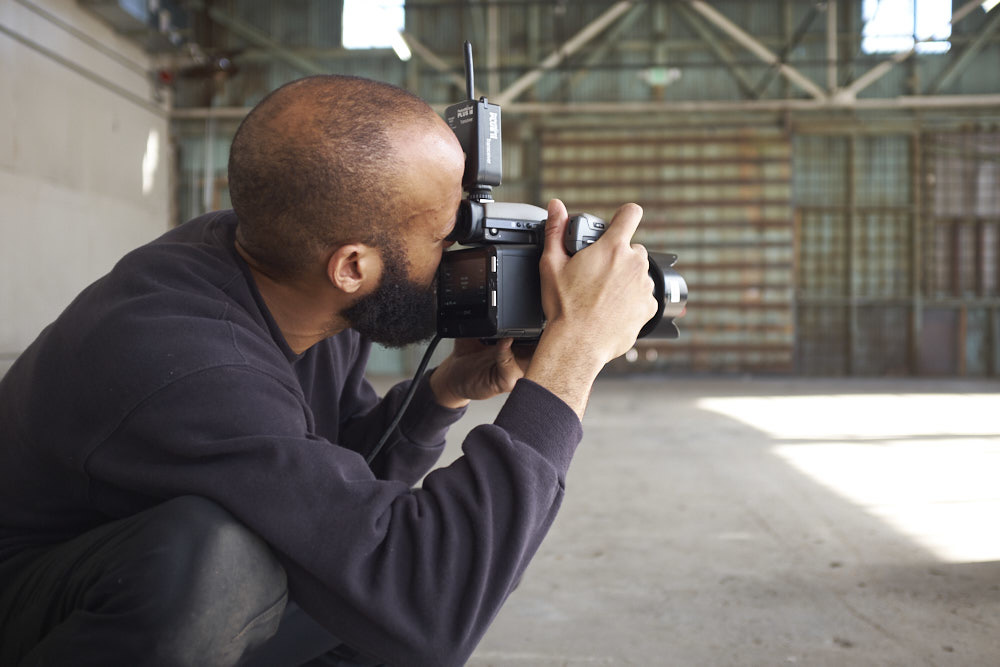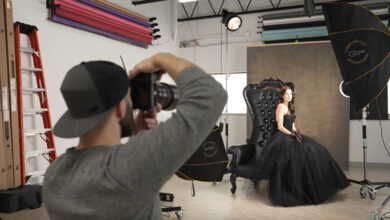Four Lessons Learned From Reviewing Multiple Brands of Cameras

Today, I’ll share with you a few lessons I’ve learned after several years of taking cameras and other gear through their paces.
Let’s face it. You obsess over gear. Sure, you may outwardly say otherwise. But, a small portion of almost every photographer’s attention will at least occasionally find itself overly devoted to upcoming releases. This is hardly the pot calling the kettle black. I am no stranger to G.A.S. (Gear Acquisition Syndrome). Like you, I have spent too much time and way too much money purchasing gear over the years that I thought would “take my work to the next level.” That’s an absurd thought, which I’ll get to momentarily. But, as ridiculous a thought as it may be, such thinking still seems to work its way into my brain at least once a month.
To be fair, I didn’t always spend so much time thinking about gear. Sure, I would keep an eye out for the latest upgrade to my camera system. But, having bought into Nikon with my first digital camera, my searches never really extended much further than awaiting news that the next version of whatever Nikon I happened to be shooting with at that moment was on the way to market.
All that changed when I started writing for Fstoppers. Suddenly, I was not only aware of next to every product hitting the market, I was also often tasked with writing about the product to provide a full review. This necessitates me actually getting my hands on a new product to see if all the hoopla is justified. Sometimes it is. Sometimes it isn’t. But there is an unmistakable joy in discovering the answer for myself.
Now, it may sound like a dream scenario. Being aware of the pros and cons of every product is a requirement for someone who is writing about camera gear. And, putting the real thing through its paces, rather than just relying on someone else’s YouTube review, can definitely help to satiate some of the curiosity factor around new products. There have been plenty of pieces of kit that I’ve gone into my review thinking I might want to purchase for my business only to realize, after using the product, that it wouldn’t fit my needs. Then again, as they say, ignorance can be bliss because, unfortunately, for my wallet, there have been just as many times when I’ve reviewed a product I had no intention of purchasing only to fall in love with it and fuel my Gear Acquisition Syndrome even more. This wouldn’t be a problem were I to be independently wealthy. But, sadly, I am not. And my investments have to be made on an objective business use-case basis rather than on emotional attachment. This is easier said than done.
But this is no sob story. I’ve learned a lot from getting the opportunity to shoot with so many systems over the years. Not just the individual specs of each, but more fundamental truths about the value of gear and our choices overall. So, rather than try to re-review the specific kits I’ve had my hands on over the years, instead, here are a few abstract ideas that have proven themselves to be true over time.

Gear Is Important, but Not Nearly as Important as We Make It Out To Be
Here’s a little thought experiment. Consider for a moment your first camera. Actually, wait, let’s modify that as, depending on your age, your first camera could be anything from a film camera to a cell phone. Instead, assuming you’ve been shooting for a while, consider whatever camera was your main body three generations ago. No doubt, it’s less powerful than what you’re shooting with today. No doubt it is missing a lot of the bells and whistles that are available on the current market. Objectively speaking, there’s a good chance that what you have in your hand today is far more powerful than what you had three generations ago.
Now, look at your portfolio. Look at the images you like to create and the quality of the images you are creating. Not quality in the sense of pixel-peeping. I mean quality in the sense of the subjective creative artistry involved.
Now, ask yourself a simple question. Is there anything in your current book that you absolutely positively could not have created with that camera you had three generations ago? Maybe you bought a new lens that helped you get closer to birds in flight. Or maybe you got a new strobe system with a shorter flash duration that helped you to better address motion blur. But, as an artist, has the camera itself had any effect on your creative voice? Perhaps your job is easier because your gear is lighter or the autofocus is marginally more effective. But, as a photographer, a person whose job it is to generate one of a kind images that only you can dream up and execute, are you fundamentally different? Probably not. Your imagination shouldn’t be affected by what camera you happen to be holding in your hand. And it’s that imagination that sets you apart from your clients. Not your megapixel count.
This is not to suggest that gear can’t make a difference. There are absolutely certain technical needs required to do our job. And perhaps, since buying that camera three generations ago, your work has shifted and you now need different features in a body than you had before. So, I’m not going to make a blanket statement that gear doesn’t matter.
But what I have found is that, with a little more elbow grease and a bit more legwork, capturing better images is less a function of having a better camera and more a function of expanding our own creativity and knowledge of our craft. There are lots of legitimate reasons to upgrade your camera system. But doing so because you think cameras equate to creativity is not one of the better ones.

There’s an Advantage to Trying Other Brands
I am a Nikon man. I started with them. I like them. And, despite the fact that I often shoot with other brands on the market for various projects, I still consider the Nikon system to be my home. That’s not to say that it’s superior. Only that their system feels the most comfortable for me. So, no matter how many other cameras I try, I usually tend to revert to them.
But, of course, I review all kinds of gear. And, as I mentioned earlier, I am no stranger to falling in love with the products I try. So, among the inhabitants of my gear case, you will see all kinds of different camera brands in residence. Nikon, Canon, Sony, RED, Arri, Fuji, and more. This is not always 100% practical. I’ll get to that in a second. But it does have its advantages.
The first rule of reviewing cameras is simple. There is no such thing as a perfect camera. There are some that come close. There can be one camera that is the best possible fit for what you do personally. But all cameras have their flaws. As photographers, we find ways to work around these flaws to achieve our end result. But, as life itself is often unfair, it too is unfair that usually the more a camera excels in one area, the more it is found lacking in another. Which, come to think of it, should be a rule with its own name. Like Murphy’s Law, there should be a known moniker for the fact that for every great thing a camera will give you, it will probably take something away.
In fact, one of the reasons I have so many cameras in my kit is that each camera excels at something different. One has great autofocus, but has some other problems. Another is pretty much great at everything, but is too expensive to have in multiples. Another has the best image quality but pretty much only works under very specific conditions. There’s always something.
The advantage of trying multiple brands is that you get a hands-on perspective for exactly how big a deal these problems will be for your actual workflow. Having multiple brands in my kit also allows me to have access to the tool that is best for a given project. So, I can decide whether, for example, it will be more crucial to have autofocus that can track a fast moving subject or an absurd number of megapixels for extreme detail. While having so many kits does lead to more gear having to travel to set, it also means that there are virtually no scenarios where I’ll be found wanting for the right tool.
In some cases, it’s not so much that I own multiple brands as it is that the gear selection is not under my control. For instance, I have a regular client who has their own studio and provides the gear. It’s a Canon house. Were I not to be able to know my way around a Canon camera, it might cause problems on set. So, getting a fair amount of hours under my belt with Canon cameras in hand helps prepare me to roll into their shoots without hesitation.

There’s an Advantage to Sticking With One Brand
Of course, owning multiple brands is not all upside. And, could I go back in time, I would likely prefer to get all my tools from the same basket. Yes, sticking with one brand might mean that you may not always have the latest and greatest technology. Technology goes in cycles. So, even though, if you wait long enough, your brand will probably catch up, there might be brief moments when your chosen brand lags behind the competition. As I mentioned earlier, there is a good chance that even if your gear lags generations behind the competition that you will still be able to create great art. But the market’s tendency to constantly remind you or your brand’s shortcomings can play tricks on our minds and lead us to think we have to have the best tech to be the best artist. This, of course, is not true.
In fact, there are demonstrable benefits to sticking with one brand that all the tech innovation in the world can’t match. The obvious benefit is financial. Acquiring different camera brands means acquiring different camera lenses and different camera accessories. These costs can add up fast.
And, on an even more practical level, sticking with the same brand can breed a certain level of familiarity. Like I said, I’ve been shooting with Nikons since the start of my career. I’ve had a lot of different models throughout those years, but I can pick up pretty much any Nikon made in the last 20 years and know my way around it almost instantly. Cameras have changed over that time, of course. But there’s a certain consistency in design that makes me feel right at home even if it’s the first time I’m picking up a particular piece of kit.
This might not be a technological innovation, but that familiarity means that I can work faster. Efficiency saves time. Time is money. Maybe I have to do a few more milliseconds of prep work to get the right result versus other brands’ systems, but I will more than make up for that through added productivity derived from comfort with my gear.

The Gap Between Brands Is Never All It’s Cracked Up To Be
There are differences between camera brands. And, depending on when you are reading this, your chosen brand may be either the best or worst in the market in one aspect or another. But the differences between brands are almost always marginal. So feeling like you need to completely sell off your entire investment in cameras, lenses, and accessories just because your autofocus system, for example, is a millisecond slower than a competitor’s autofocus system is only adding unnecessary stress to your life.
Yes, it is 100% true that certain brands excel in certain areas. And, if you are buying your very first camera, these are valuable things to take into account. But, if you’re like most people reading this article and are already invested in a one particular brand ecosystem, making a big shift to another brand is not always going to be worth the investment.
That’s not to say you shouldn’t switch brands. If your current brand is not able to meet your use-case, then, by all means, you should be on the lookout for the tool that will help you better perform your job. But having shot with pretty much every major camera manufacturer on the market, I can attest to the fact that, while there are legitimate differences, very rarely are those differences so great that it’s worth losing your current investment and reinvesting in a different brand just to access a specific feature. Again, there are absolutely reasons to switch. But, if, for example, your reason is simply that another brand currently has slightly faster autofocus or a handful more megapixels, you might be better off waiting as it’s quite likely that your own chosen brand will catch up soon. These brands leapfrog each other every few months. And always insisting on having the newest gear is a no-win situation. That’s not to say you shouldn’t switch. But you have to do the math on whether it is worth investing in an entirely different brand to have access to an advantage that is most likely temporary.
Of course, as I’ve said many times before, our choice of camera is as personal as our choice of a life partner. It won’t often make sense to our friends and family. Our mate is never perfect. Only perfect for us. And only you can know when you’ve found the right one.



